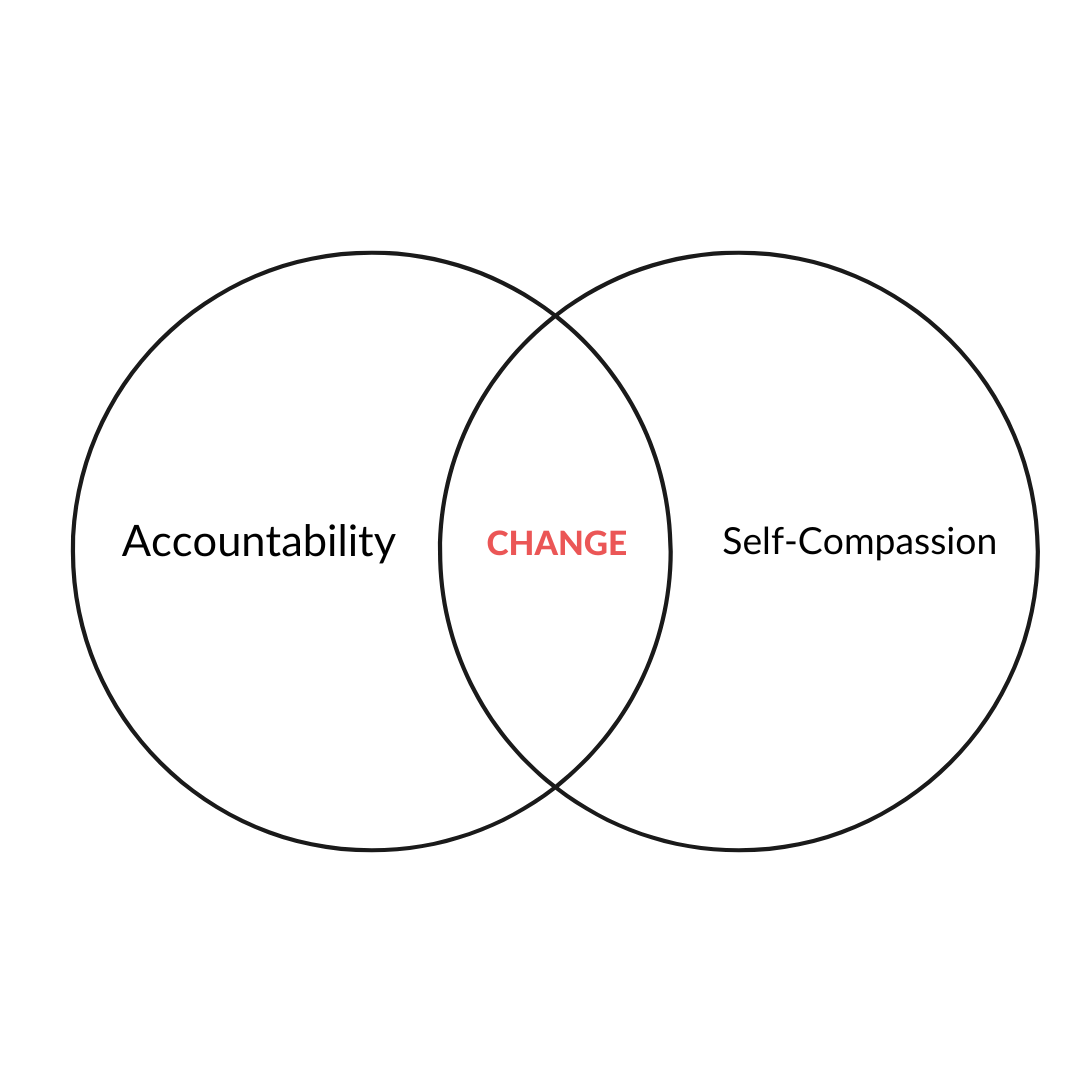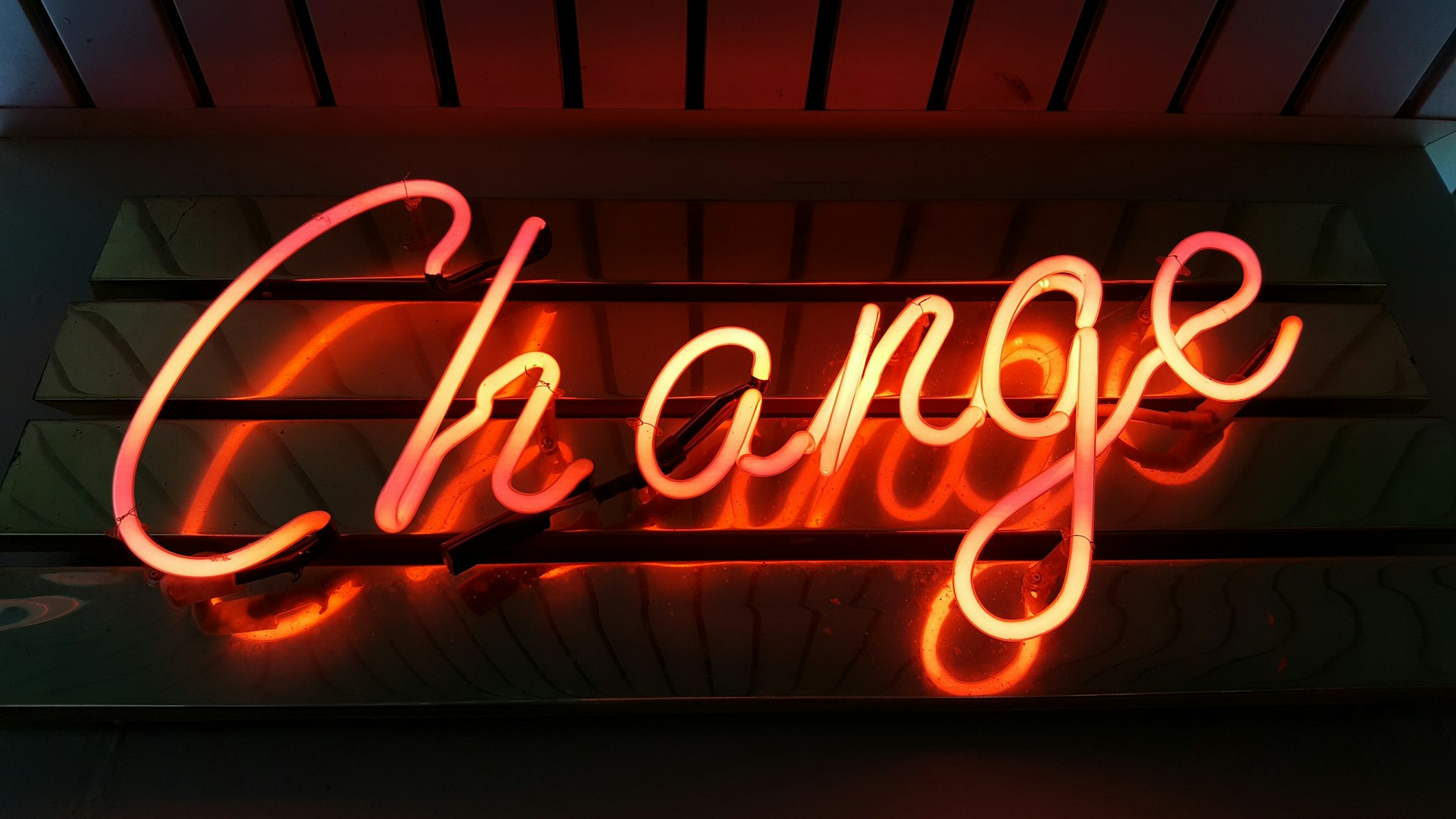I’ve often called the space between having insight into your behavior but feeling powerless to change it the “special place in pain”. It’s one thing to be ignorant of your behavior patterns - that offers you a modicum of bliss. But when you know - truly know - how your behavior is affecting your life, your relationships and your well-being, but can’t seem to find the tools or action to shift the patterns, it hurts.
Look - we all have behaviors we want to change. Maybe we want to be more consistent in our routines, learn to manage our emotions better, or allow ourselves to shift automatic responses. As we age, we’ll continue to find new things that we want to change in order to maximize our wellbeing. The most important part of this is knowing how to change our behavior when we’re ready.
Western society has a particular emphasis on solving our problems, and solving them in the dark. “No complaining, just get it done”. But does this really work? The short answer is, no, it doesn’t. It robs us of the experience of vulnerability, social support, and honest appraisal of our actions.
So what does work?
I want to introduce you to the Venn diagram of change. Of all my years working with clients, this has been a surefire way to lay the groundwork for lasting behavioral shifts. Take a look below.

There’s two major components to the change recipe. As you can see from above, accountability and self-compassion work together to build the bedrock that makes change possible. Let’s break these down a little further.
Accountability
This word is so, so important. As stated previously, our emphasis on change in Western society normally pushes us to the extremes when it comes to changing behavior. We will make solemn oaths to never make the same mistake, or harshly condemn ourselves for certain behaviors.
Accountability is the middle ground. It simply means to be responsible for our actions. It doesn’t mean making justifications for our behavior, or judging ourselves so harshly we can adequately see ourselves as human. Accountability should feel like clarity and humility - it allows us to see the true nature of our behavior and make adjustments as needed.
Self-Compassion
Building on accountability, taking responsibility for our actions does not work without compassion.
Did you know the more you beat yourself up over a mistake, the more likely you are to repeat it again? This is because you're feeding into a shame and guilt cycle that perpetuates myths about who you truly are, ultimately leaving you seeking the same relief that maladaptive behavior patterns have provided you with.
This is bar none the piece of the change puzzle that stumps my clients the most. I often hear, “If I’m not hard on myself, nobody else will be, and I’ll never change.” This is a myth. Ask yourself, where did you learn that being hard on yourself, beating yourself up, or calling yourself names, was a path towards change?
How They Work Together
One doesn’t work without the other. We need the structure of accountability to provide us with clear understanding on how our behaviors aren’t working, but we need the softening of self-compassion to reconnect to the humanity and origins of why our behavior occurs.
If we only focus on accountability, we guide ourselves down the path of beating ourselves up.
If we only focus on self-compassion, we lose the ability to take responsibility for our actions.
Both must work together to lead the way towards tangible action steps that can help us make headway in our behavior patterns. More than that, the coupling of these two states of mind allow us to get a full picture on what needs to change. Rather than making sweeping ultimatums with yourself, you’ll be able to pinpoint what it is you need to change and how you can do it in the most effective way.
Lastly, and most importantly, your behavior will not change overnight. You will continue to make mistakes, act out in old ways, and behave in ways you wish you hadn’t. This is all a part of the change process. The most important thing you can do in those moments is recenter in the Venn diagram of change, and move forward.
As always, rooting for you.
Alexa Cordry, LSW, LCADC
My Help Connect is a verified, independent & factual community for providers & clients created to easily find the best help possible. Connect with My Help Connect's message through multiple platforms:
Instagram: @myhelpconnect
Facebook: My Help Connect
LinkedIn: Company Page & Member Page

